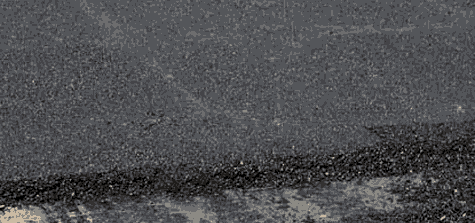The Use of Bitumen in Modern Damp Proofing and Damp Control
Bitumen (commonly referred to as asphalt) is typically thought of as a material for construction, usually with building roads. However what you may not realise is that this material can also be effective when it comes to damp proofing your home.


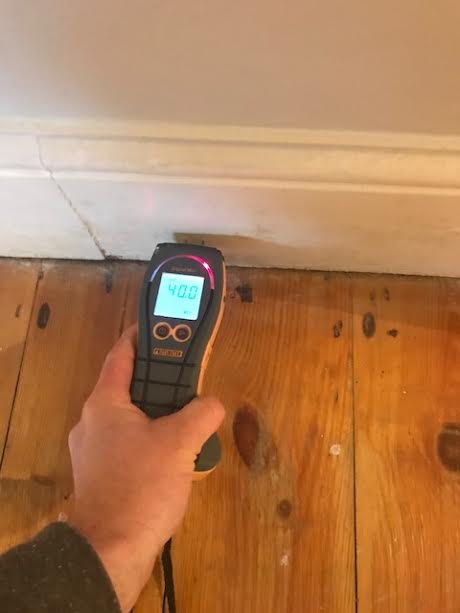
Importance of Bitumen for damp proofing
It can’t be emphasised enough, weather-proofing and damp proofing helps prevent damage to a property. Moisture ingress can potentially result in timbers rotting and long term structural damage.
Furthermore damp can result in condensation and black mould. That in turn can cause health problems, especially if you are suffering from allergies or are prone to chest infections.
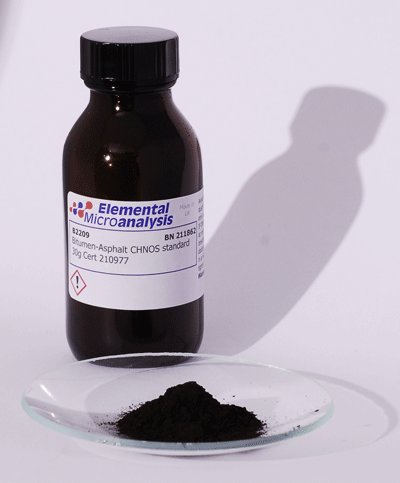
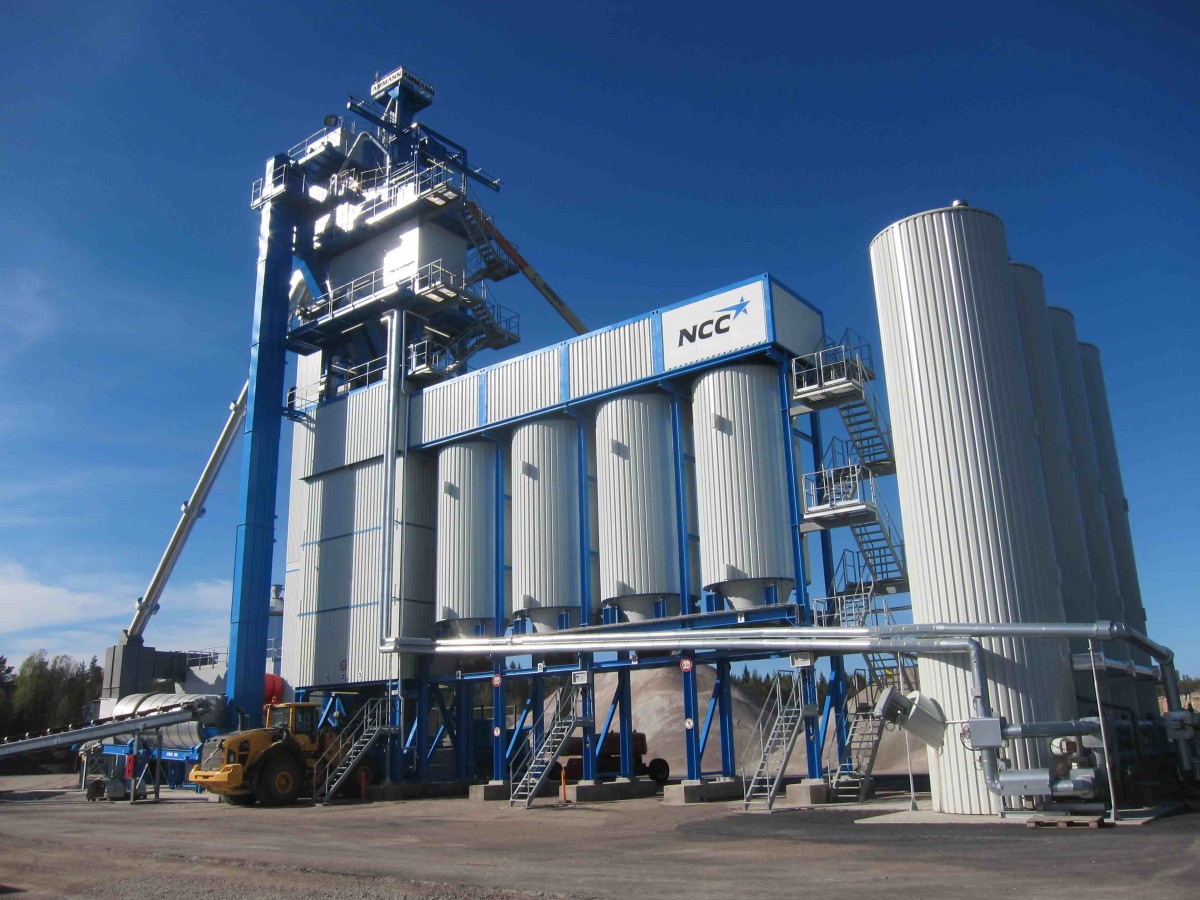
Using Bitumen based primers and paints to damp proof is often considered an ‘old-school’ form of damp control. However, although this traditional suppressive and/or repellent method can be traced back thousands of years, it continues to remain a popular and effective practice
The absolute key is to understand what the damp problem is, why it has come about and what is the best way to solve it. In simple terms, if a wall is wet because of a radiator pipe leak then no need to be applying Bitumen paint on the wall. In other words, find the problem and fix it.
Bitumen paint only acts as a barrier. It doesn’t mean the damp goes away after application. If the problem’s not solved, the Bitumen simply de-bonds.
If there’s no damp proof course in a wall, it means damp coming up from the ground is always a potential problem. If damp isn’t rectified at-source, then the Bitumen paint will brake down over time, allowing damp to come through.
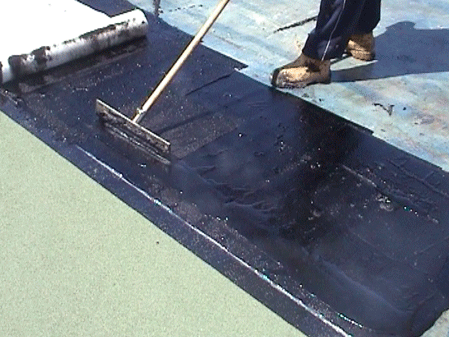

All too often, we come across this as a builders solution. Often because it allows them to dot and dab plasterboard or plaster to it as soon as it has dried, collect their fee and move on. The damp returns not too long after and the property owner is back to where they started and because of the further damage, the work is even more expensive second time around.

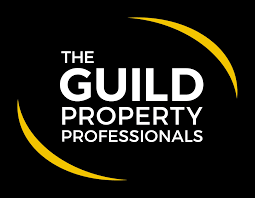
How effective is Bitumen for damp proofing?
As mentioned above, Bitumen as a form of damp proofing is nothing new. Believe it or not, its waterproofing properties have been used for thousands of years and in fact, it is referenced in the Bible; as caulking for Noah’s Ark and Moses’ cradle.
Bitumen is actually a natural material which oozes from the ground in certain places of the world. Technology has evolved and advanced the principle of using the material as a means of waterproofing. Nowadays bitumen or bitumen derived paints and tapes are used in all manner of internal and external damp proofing and waterproofing applications very successfully.

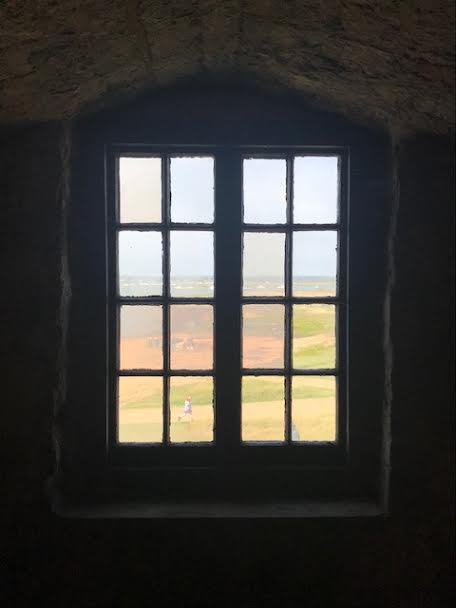

Additional benefits of using Bitumen
Another additional benefit is that bitumen can be used as an adhesive for wood, insulation boards or as a bonding agent (specifically on plaster or for more difficult circumstances.)
Furthermore. it can also be used for tanking silage pits (specialised brushes are available for this).
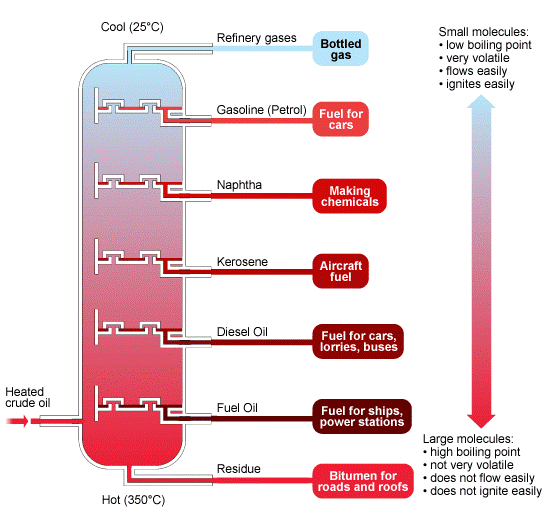
Different Bitumen products
In the UK alone, there are hundreds. if not possibly thousands of different brands and types of Bitumen based damp proofing and waterproofing products. It is our experience that quite often, given Bitumen based products are ‘commodity’ products, the cheapest brands are selected.
The questions to ask is why is one version of bitumen paint for instance is cheaper than the next? In almost every instance of a commodity product being cheap, (Builders Merchants Special Offers aside), will be down to level level of what we call in the industry; ‘Active Ingredients’. Active ingredients are the thing that makes a product work in the way it is intended to work.

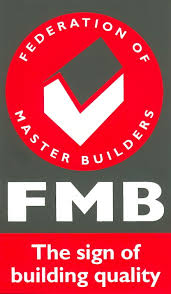

Different uses for Bitumen
The other thing we find here at Rochester Building and Damp is a lack of understanding for selecting the right Bitumen product for the job it is intended for. For instance, Bitumen is used in the construction process of roads and roofs. Two very different applications in so much as each application would have different usage criteria. This would mean the type of Bitumen product would have to be relevant to that use. One for instance may well mean it is exposed to extremes in temperatures, sunlight, wind and rain and the other, sandwiched between other materials and protected against weathering.
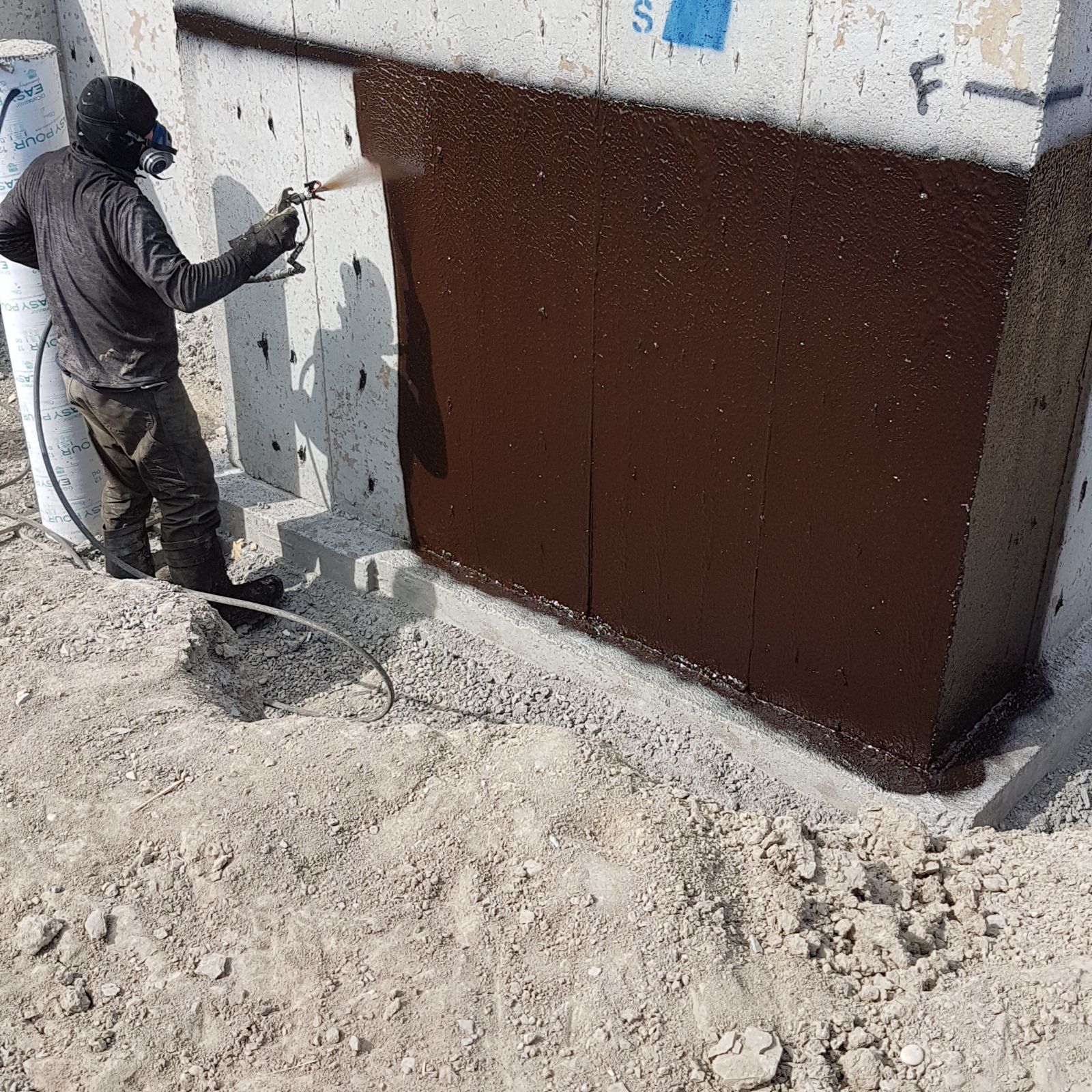
Some Bitumen products are cold applied and simply brushed on and others are hot torch applied.
Some require that a Bitumen compatible primer is applied to a surface first before applying the main Bitumen product which will provide a better bond to the surface.
Damp proof on a shoe string – help! Bitumen? Anything else?
Discussion in ‘Ask The Experts‘ started by Vanguard, Aug 27, 2019.

To summarise, Bitumen is an age old solution for damp proofing and waterproofing in many different ways. The success and durability of a Bitumen application always comes down to selecting the right type of Bitumen product for the job it is intended for. We also advise that you do not buy cheap. If it’s cheap it will be due to lower levels of active ingredient and the consequence is the product will not last or be as effective as the dearer brands. You know what they say; buy cheap and do it twice when it comes to damp proofing your home.
![]()
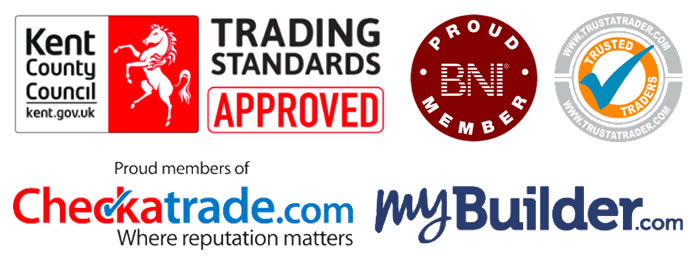

If you would like to know the correct method and most suitable product for damp proofing your property, please contact us today and we will be happy to answer any questions.


